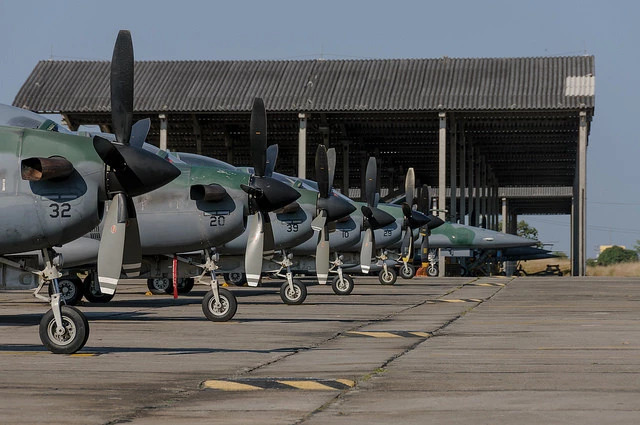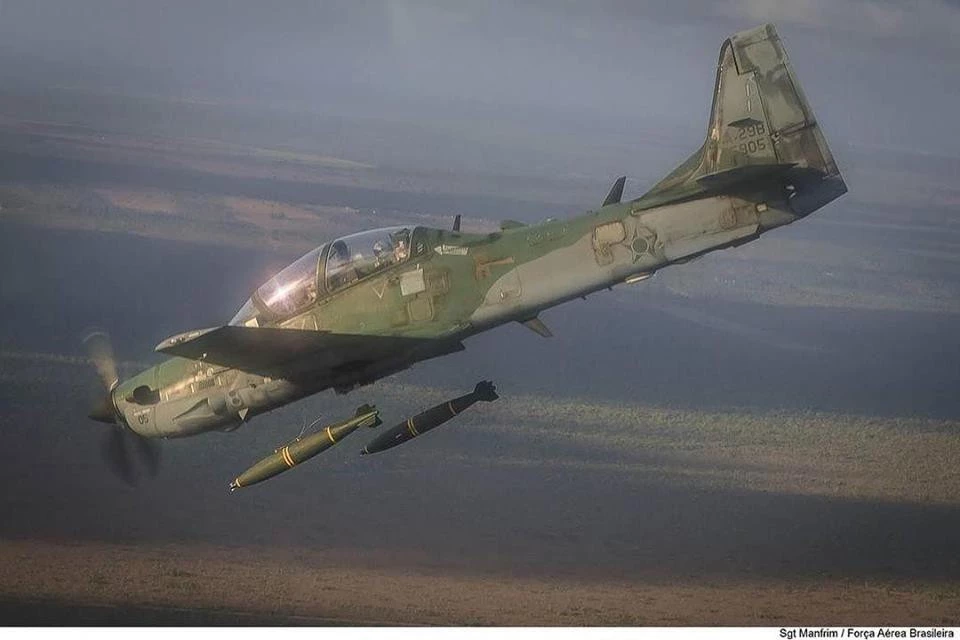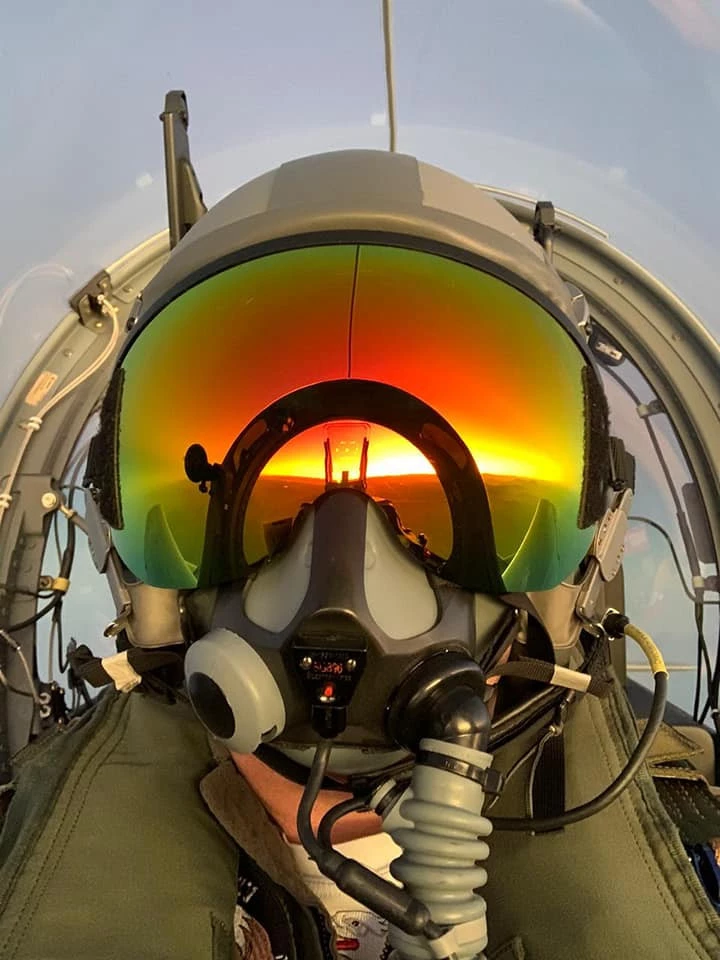By Roberto Caiafa
The Portuguese Air Force is getting closer to acquiring up to 12 second-hand Embraer A-29 Super Tucano aircraft from the Brazilian Air Force.
This is after the Portuguese Government approved the draft Military Programming Law (MPL), establishing the public investment in means and equipment for the Portuguese Armed Forces from 2023 to 2034.
Among the approved investments, the urgent acquisition of close air support aircraft and helicopters for use in the Peacekeeping Missions in which Portugal participates, especially on the African continent, stands out.
These aircraft, currently in storage awaiting a buyer, were part of the negotiations between Brazil and Uruguay for the donation of military material for the benefit of the Charrúa country which, last September, resulted in the transfer of ten M-108 self-propelled howitzers and 11 EE-11 Urutu armored vehicles.

However, the genuine interest of the Brazilian Air Force is to sell the aircraft, so the donation modality was not even considered in the case of Uruguay.
Given Portugal’s need to have these systems in Africa as soon as possible and Uruguay’s financial incapacity to make the purchase, everything indicates that the Super Tucanos will remain in the hands of the Portuguese country.
AN UNPRECEDENTED INVESTMENT IN PORTUGAL
The Portuguese investment amounts to EUR 5.57 billion (US$ 6 billion), which represents a growth of 17.5% compared to the current law (EUR 830 million more).
This is the highest MPL in Portugal’s history. The most significant growth occurs in the first four years (17% more) to meet the needs identified.
This bill gives continuity to the investment in seven structuring projects. It adds one more, making some scheduling adjustments: the close support aircraft, the KC-390 transport aircraft, the support, cyber defense, protection, and evacuation helicopters, the ocean patrol vessels, the multipurpose logistics vessel, the fleet replenishment vessel, and the soldier combat system.
The return to the national economy is expected to be around 33%.
Major ongoing projects contribute to building capabilities derived from international commitments, including over a hundred NATO targets – funded over three or four years.
Examples of these commitments are the Medium Infantry Brigade and projects related to anti-submarine warfare, Permanent Structured Cooperation projects and the North Atlantic Defense Innovation Accelerator within NATO, and the Multinational Helicopter Training Center within the EU.

The current PML revision includes 35 military capabilities, over a hundred projects, and some 400 sub-projects.
The draft law, now approved by the Council of Ministers, which will be forwarded to the Parliament, results from a deep reflection and debate process within the Government and the National Defense and obtains a unanimous favorable opinion in the Supreme Council of National Defense.
FIVE PRIORITIES
The revision of the law respects the five priorities defined by the Minister of National Defense:
– Recovery of deficits in the maintenance, modernization, and sustainment of military capabilities;
– Repositioning of war reserves to levels compatible with the new geopolitical context;
– Eventual reprogramming of structuring projects, maximizing the return for the national economy;
– Allocation of funds for innovation, research, and development, taking advantage of EU and NATO collaborative projects;
– Projects that mitigate or eliminate gaps in the force system, including those related to international commitments and investment in new operational areas such as Cyber Defense and – Space and Disruptive Emerging Technologies.
The recovery of deficits in maintenance, sustainment, and modernization of existing means has an increase in investment of more than 96% compared to what is foreseen in the current PML (it will be EUR 2.418 billion, corresponding to 43% of the preliminary draft).

The amount earmarked for replenishing war reserves is more than doubled, increasing by 108% compared to the amount currently allocated for investments of around EUR 300 million.
In the first four years, investments in ammunition, missiles, torpedoes, and explosives exceeded EUR 125 million.
For the first time, all five operational areas are included in the PML: land, maritime, air, cyber, and space. The last two have recorded significant investments, with EUR 50 million for space and cyber defense, which has increased by 39% (to over EUR 70 million).
With information from Infodedensa

